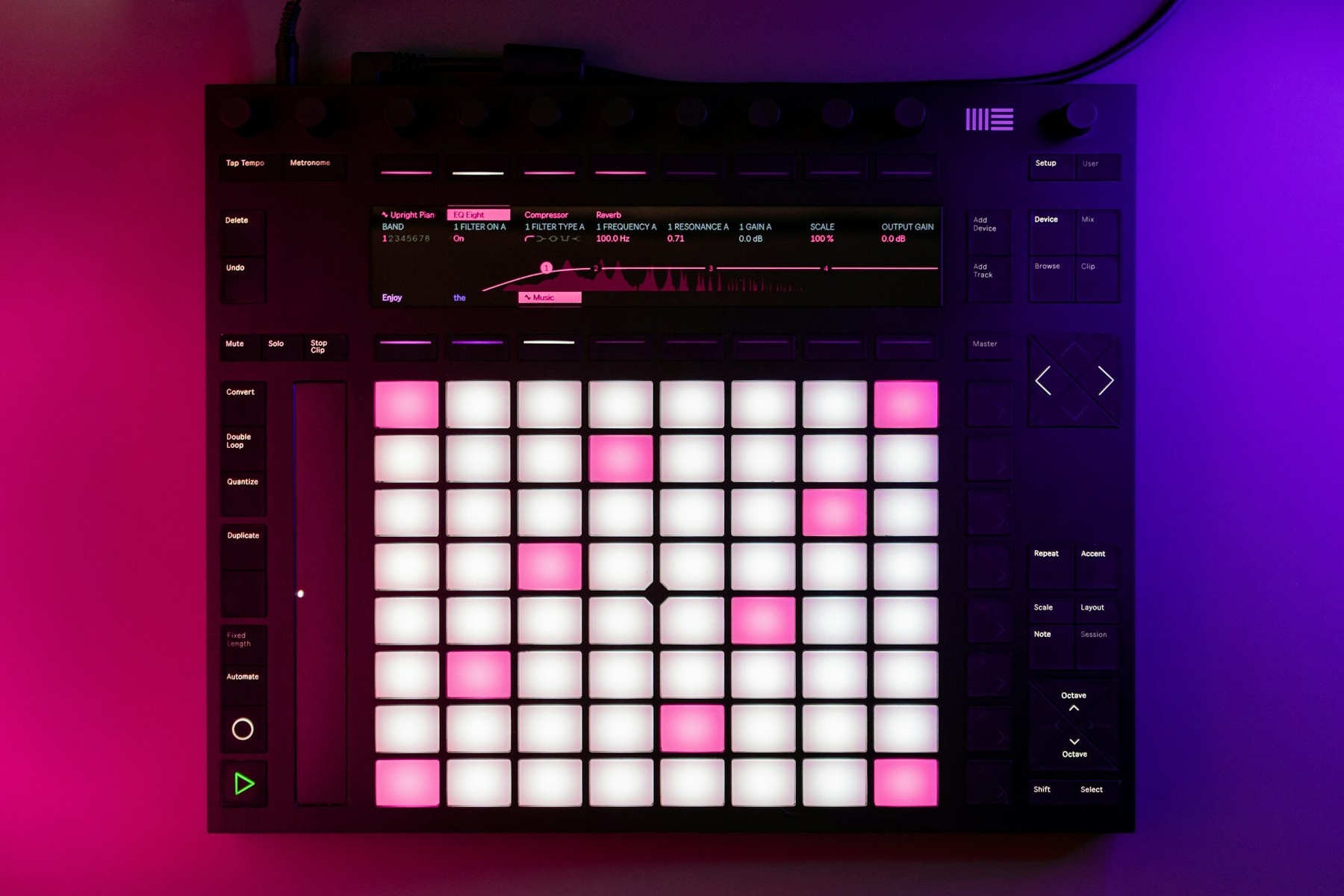Thinking of AI as an instrument recenters the focus on practice

A little-known fact is that the name of this site, Thought Shrapnel comes from a throwaway line that designer and author Frank Chimero included in an article around a decade ago. In this talk from an event held earlier this month, Chimero speaks eloquently on the relationship between AI and creativity, arguing that we should consider AI as an ‘instrument’ rather than a ‘tool’.
It’s well worth a read as Chimero has a unique turn of phrase. He weaves in elements of the film Spirited Away, riffs on the differences between Rick Rubin and Brian Eno, and even manages to reflect on how AI brought out the worst individualistic tendencies in us all, with “engineers using AI to wish away designers, designers wishing away engineers, product managers wishing away both.”
My favourite sentence comes in a part I haven’t excerpted below. While talking about ‘vibe coding’ Chimero says “time saved is not strength gained” which I think is a perfect six-word explanation of why AI is something that we should use to extend human capabilities, rather than replace them.
Thinking of AI as an instrument recenters the focus on practice. Instruments require a performance that relies on technique—the horn makes the sound, but how and what you blow into it matters; the drum machine keeps time and plays the samples, but what you sample and how you swing on top of it becomes your signature.
In other words, instruments can surprise you with what they offer, but they are not automatic. In the end, they require a touch. You use a tool, but you play an instrument. It’s a more expansive way of doing, and the doing of it all is important, because that’s where you develop the instincts for excellence. There is no purpose to better machines if they do not also produce better humans.
[…]
Lately, I’ve been thinking about my use of AI as a kind of spatial relationship. Where do I stand in relation to the machine—above it, beside it, under it? Each position carries a different kind of power dynamic. To be above is to steer, beside is to collaborate, below is to serve.
[…]
The value of the machine’s output depends on how we see it, and our interpretation often has little to do with its technical perfection. A flawless, virtuoso output from GenAI can feel lifeless, while something raw or broken might have something interesting about it. That’s why I like to write bad and contradictory prompts, because they feel like they are more aligned with how these models actually function. The models aren’t deterministic; we don’t fully understand how their associations form or why certain patterns appear. So why not let them drift into ambiguity and see what happens? I wouldn’t want an irregular AI in my bank app, but in a creative workflow, hallucinating feels like the point of it all.
Source: Frank Chimero
Image: Alexander